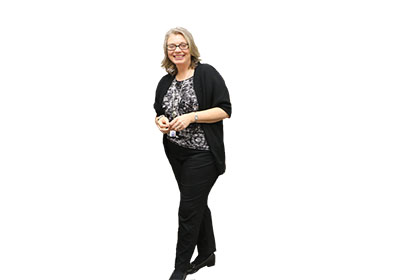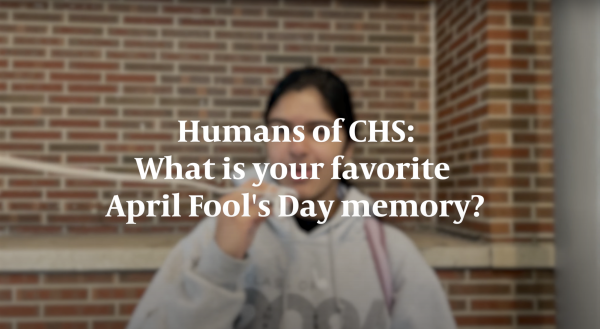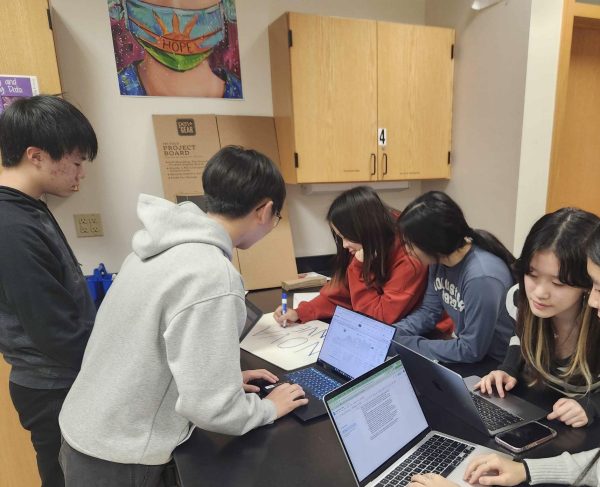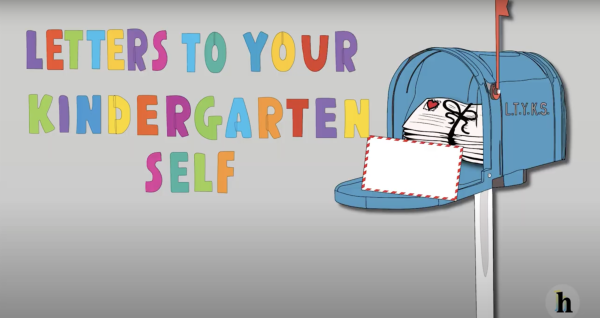Ask the HiLite: In today’s politically charged climate, how can students properly consume the news?

Terry Ramos, CHS Media Specialist and Media and Communications Department Chair
“I think that the best thing that students can do is educate themselves that each news outlet has some sort of bias, and that when consuming news, you have to be a little careful of that. So, knowing which news sources can skew a little left or a little right, or which ones are really more in the middle. Then, once you have an idea of that, when you’re reading from those news sources, you can at least gage very consciously the words that are being used by those reporters. It largely goes unnoticed what verb is used or what adjective is used and what that word choice puts in your mind, so the best thing they can do is know what your source is and what type of source that is and pay attention to the words that are being used in the article.”
Q: How can students avoid media bias?
A: You can’t. I mean we’re talking about a perfect world, but nobody’s perfect. Nobody’s going to be straight down the middle of the road, so you can’t avoid it. You need to be aware of it.
Q: What media networks do you think are the most reliable?
A: I think that “NPR”, for example, is very good. The New York Times. I think The Washington Post is good, a little to one side I suppose, and even The New York Times sometimes.
Q: How can students ensure the news that they’re consuming is accurate?
A: Normally, if you look for more than one source that says something, you can be pretty confident that the facts you’re looking at are good. What I do and what I tell students to do, even when we do research for something other than politics, we tell them you have to have a print resource and an electronic resource, and you can use a website, but you can’t use all websites, and you get a collection of resources. Maybe you interview somebody or maybe you watch a documentary. You try to get as many sources as you can in order to make your argument. Well, it’s no different when you’re looking at news.
Q: Would you say that most news sources are accurate?
A: I think they’re accurate in the way they portray their bias. I think they all strive for accuracy. Journalists went to school to be journalists, and they want to do a good job for the most part but, at the same time, they’re human beings, and they maybe work for an organization that has certain ideas or certain philosophies, or they agree with a certain party, and you just have to be wary of that.
Q: How can media sources adhere to journalistic principles?
A: Well, pretty easily in a perfect world. But, here’s the thing though: money drives everything. So, if money is involved, then media sources may let themselves be driven by that, and that’s just a fact of life for certain news outlets… I think there are a lot of good people out there who are trying to do a good thing but, as with anything, there are a lot of turns and twists in the road and a lot of decisions to make, and I think we all need to be aware of that as that news comes out.
Q: What changes do you hope to see in the media and how students consume it?
A: If anything, this whole thing that’s been happening lately is a good thing for journalism. It is a return to the roots to say that as journalists, we do serve a purpose here, that we are the safeguards for the country a little bit; we inform citizenry of what is going on. I don’t have time to go stand in Washington D.C. and listen to what’s going on with what bill writing or what the new president is signing. I don’t have time to do that. So, I depend on my news outlets to do that for me and tell me what’s going on. That is a noble thing to do to keep us informed and rightfully informed and truthfully informed.
Q: How can students trust what they consume?
Well, I’d say don’t trust it. What I do, especially in today’s environment, is you read it, and you look at the source. Where did it come from? What do I know about this source? How can I check it? If I open up another Google page or something else, you search who is this or what is this entity, and you look at their background whatever it is. Once you know what the source is, then you gage, where do they fall on this line, this continuum of right, left, center, and then you decide what you think. And, like I said, get another source. Those are a lot of steps, but if you’re willing to put in that work to look at all those pieces, then you’re going to be a much better consumer of information and, until you take the time to do all those steps, you should probably not spout too much about what you’ve read. Instead, just say ‘Well, I heard this. What do you think or what have you heard?’… It’s a process. You can’t just trust the first thing you read. Not now.
Your donation will support the student journalists of Carmel High School - IN. Your contribution will allow us to purchase equipment and cover our annual website hosting costs.

































![AI in films like "The Brutalist" is convenient, but shouldn’t take priority [opinion]](https://hilite.org/wp-content/uploads/2025/02/catherine-cover-1200x471.jpg)









































![Review: “The Immortal Soul Salvage Yard:” A criminally underrated poetry collection [MUSE]](https://hilite.org/wp-content/uploads/2025/03/71cju6TvqmL._AC_UF10001000_QL80_.jpg)
![Review: "Dog Man" is Unapologetically Chaotic [MUSE]](https://hilite.org/wp-content/uploads/2025/03/dogman-1200x700.jpg)
![Review: "Ne Zha 2": The WeChat family reunion I didn’t know I needed [MUSE]](https://hilite.org/wp-content/uploads/2025/03/unnamed-4.png)
![Review in Print: Maripaz Villar brings a delightfully unique style to the world of WEBTOON [MUSE]](https://hilite.org/wp-content/uploads/2023/12/maripazcover-1200x960.jpg)
![Review: “The Sword of Kaigen” is a masterpiece [MUSE]](https://hilite.org/wp-content/uploads/2023/11/Screenshot-2023-11-26-201051.png)
![Review: Gateron Oil Kings, great linear switches, okay price [MUSE]](https://hilite.org/wp-content/uploads/2023/11/Screenshot-2023-11-26-200553.png)
![Review: “A Haunting in Venice” is a significant improvement from other Agatha Christie adaptations [MUSE]](https://hilite.org/wp-content/uploads/2023/11/e7ee2938a6d422669771bce6d8088521.jpg)
![Review: A Thanksgiving story from elementary school, still just as interesting [MUSE]](https://hilite.org/wp-content/uploads/2023/11/Screenshot-2023-11-26-195514-987x1200.png)
![Review: "When I Fly Towards You", cute, uplifting youth drama [MUSE]](https://hilite.org/wp-content/uploads/2023/09/When-I-Fly-Towards-You-Chinese-drama.png)
![Postcards from Muse: Hawaii Travel Diary [MUSE]](https://hilite.org/wp-content/uploads/2023/09/My-project-1-1200x1200.jpg)
![Review: "Ladybug & Cat Noir: The Movie," departure from original show [MUSE]](https://hilite.org/wp-content/uploads/2023/09/Ladybug__Cat_Noir_-_The_Movie_poster.jpg)
![Review in Print: "Hidden Love" is the cute, uplifting drama everyone needs [MUSE]](https://hilite.org/wp-content/uploads/2023/09/hiddenlovecover-e1693597208225-1030x1200.png)
![Review in Print: "Heartstopper" is the heartwarming queer romance we all need [MUSE]](https://hilite.org/wp-content/uploads/2023/08/museheartstoppercover-1200x654.png)






